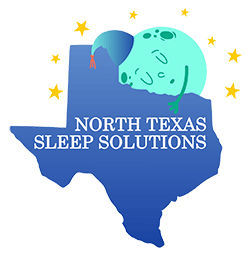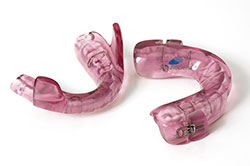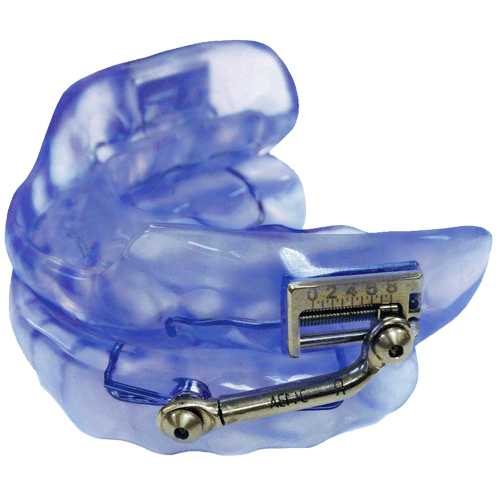Thornton Adjustable Positioner (TAP)
The TAP is the only mandibular advancement device that can be adjusted easily by the patient or practitioner while in the mouth. This feature allows the patient to always be in control of their treatment.
The unique design also allows the patient to fine-tune their treatment position at home to achieve maximum results.
Features
- Patient-friendly
- Superior results
- Easy to fit
- Infinitely adjustable
- Precise control of advancement
- Interchangeable hooks
- Freedom for lateral movement
- More room for tongue
- Allows lips to close
The TAP® can help prevent conditions linked to sleep apnea:
- Chronic daytime sleepiness
- Heart attack
- Stroke
- Heartburn, reflux
- Morning headaches
- Depression
Somnomed Appliance
Sleep Apnea Oral Appliance: SomnoDent
A SomnoDent sleep apnea oral appliance is a premium, custom-fitted dental device developed for the treatment of snoring and obstructive sleep apnea. It is an effective, comfortable, and durable alternative to CPAP therapy or corrective surgery. By simply wearing a SomnoDent while sleeping, your lower jaw (mandible) will be moved forward into a comfortable position, allowing relaxation of the tissues at the back of your throat and ensuring the base of your tongue does not collapse and block your airway, giving you a safe and soundless sleep.
Herbst Appliance
The Herbst for Snoring and Obstructive Sleep Apnea (OSA)
The Herbst appliance has been used for many years in the treatment of Class II malocclusions in children. With minor modifications, the Herbst appliance has been proven to be effective in the treatment of snoring and mild to moderate OSA. “Adjustability” is the primary advantage of the Herbst appliance in snoring and OSA cases. The post and sleeve mechanism advances the jaw into a forward position. If desired relief is not immediately achieved, this unique appliance design allows for additional forward movement of the mandible.
Frequently Asked Questions
What causes obstructive sleep apnea?
Obstructive sleep apnea is caused by a blockage in the airway, which can be a result of various factors, including areas of your own mouth.
Causes such as obesity, genetics, and physical blockages like a small airway or enlarged tonsils can affect your ability to breathe properly while sleeping.
What are common symptoms of sleep apnea?
The most common signs and symptoms linked to sleep apnea include excessive snoring, irritability, daytime drowsiness, insomnia, and morning headaches.
I think I might have sleep apnea. What do I do?
If you think you’re suffering from sleep apnea, it’s important not to worry. Dr. Lauck offers a Quick Self Check on our site to assess whether you have a sleep disorder.
If you appear to be at risk for sleep apnea, the next step is arranging an overnight sleep study with your local sleep specialist. This will help our team get a better understanding of your condition and determine a treatment that’ll work best for you.
How long is a sleep study?
A sleep study, also known as a polysomnogram, is typically conducted at night for at least eight hours of your sleep. It’s important to record your sleep during a full night of rest due to the continuous interruptions of sleep apnea.
What are your treatment options?
Here at North Texas Sleep Solutions, we offer several convenient and affordable sleep apnea treatments to ensure there’s a solution that’ll work for you. Our treatment options include oral appliance therapy, a CPAP machine, and various types of surgery.



